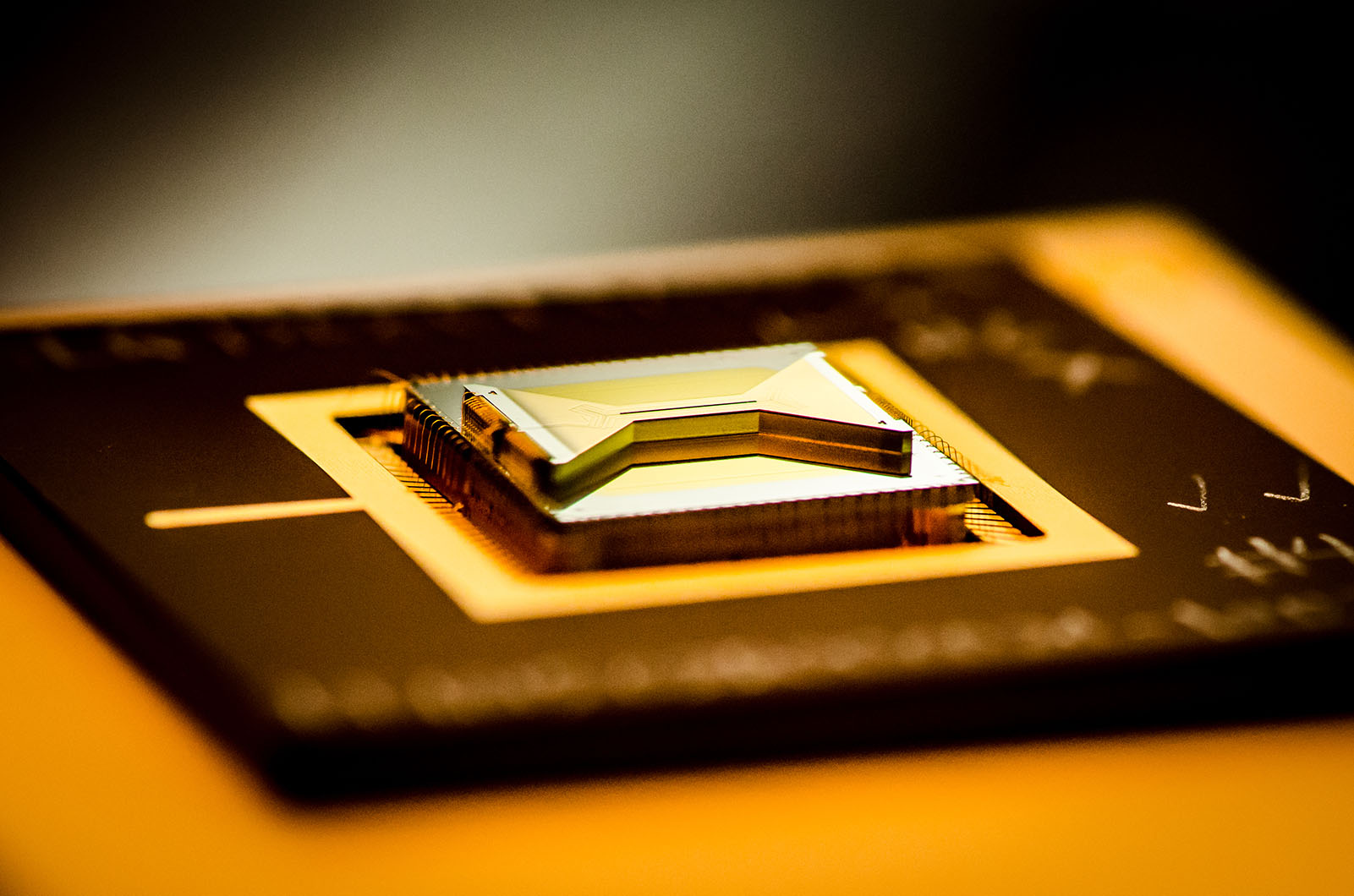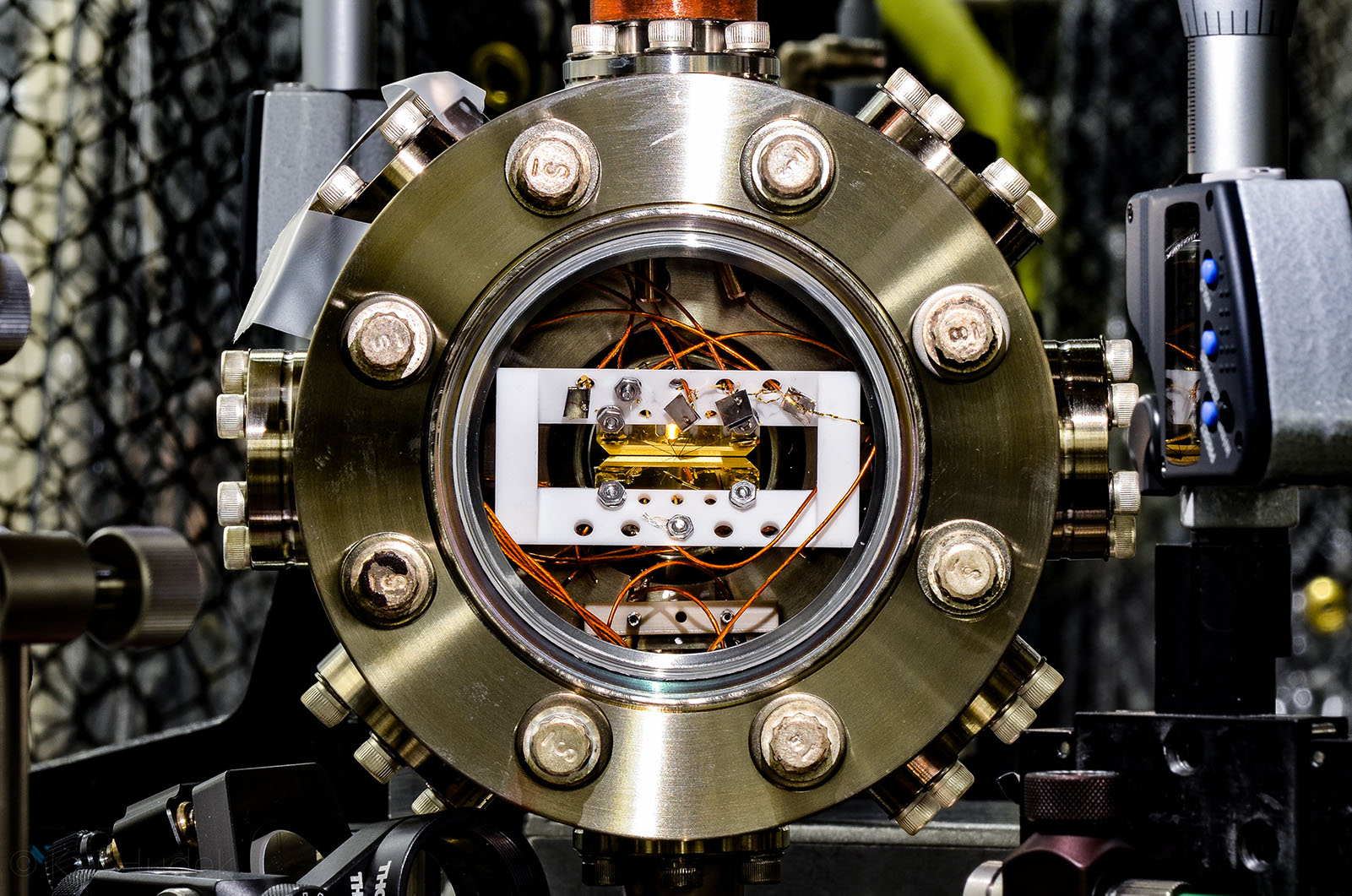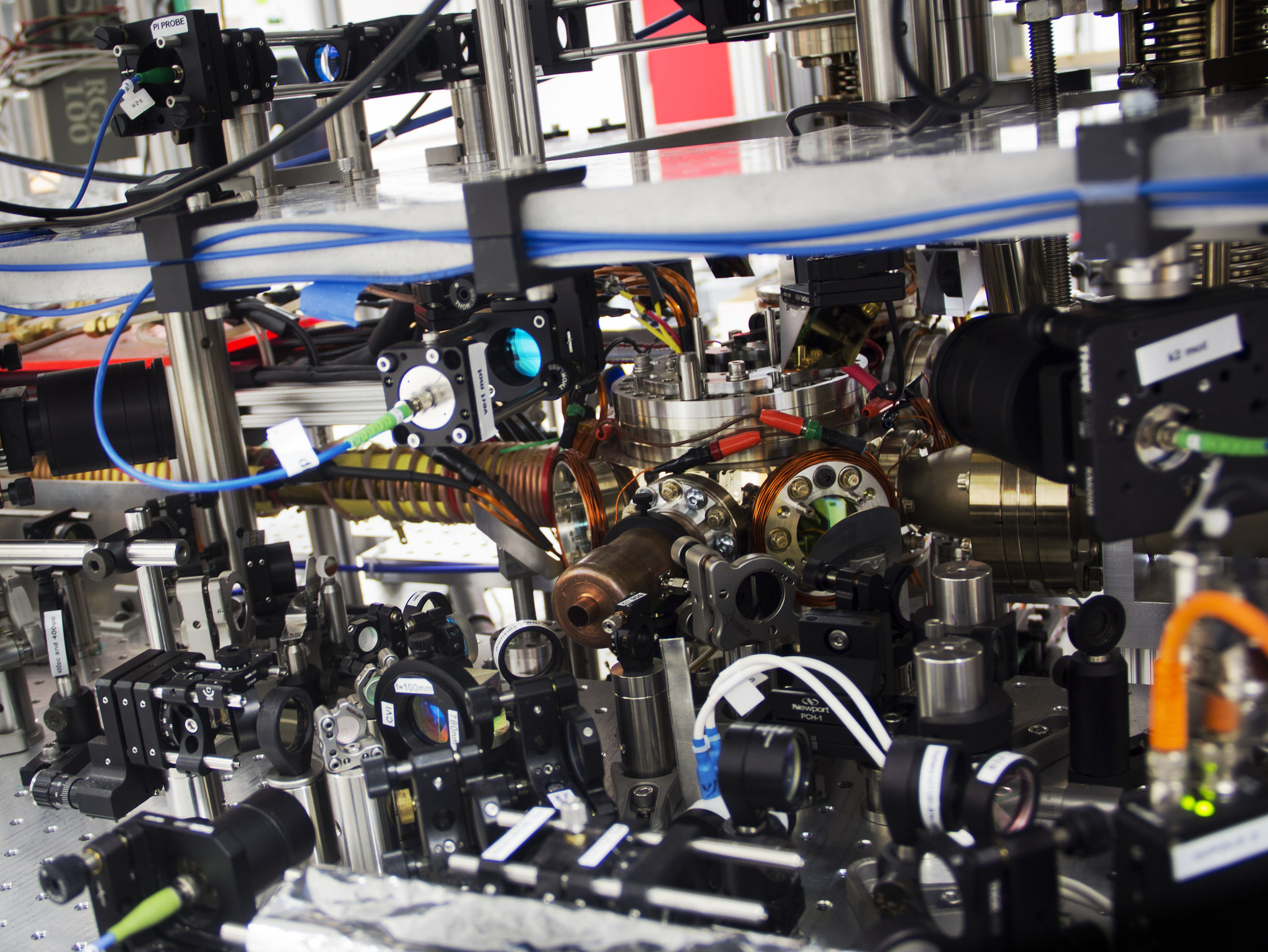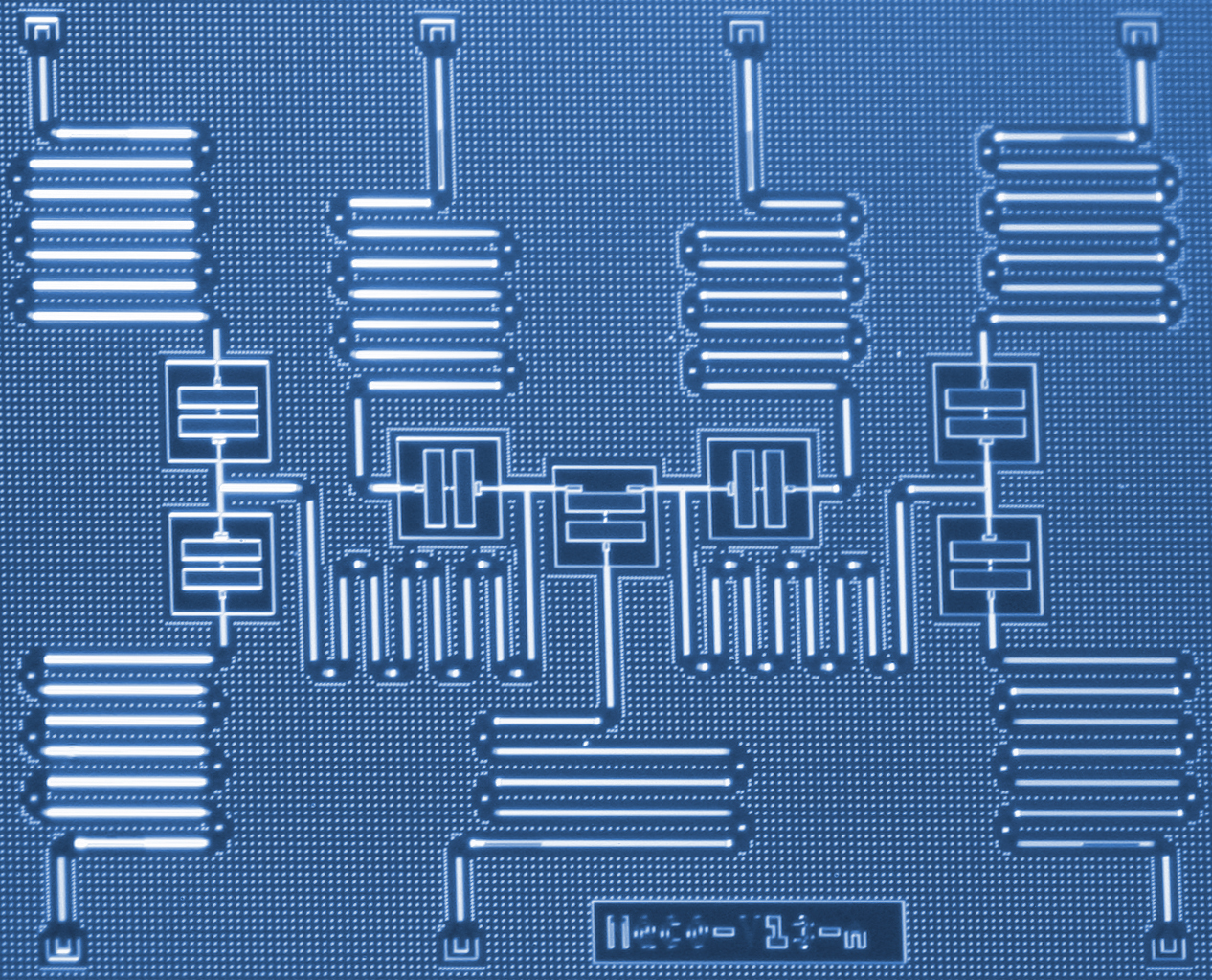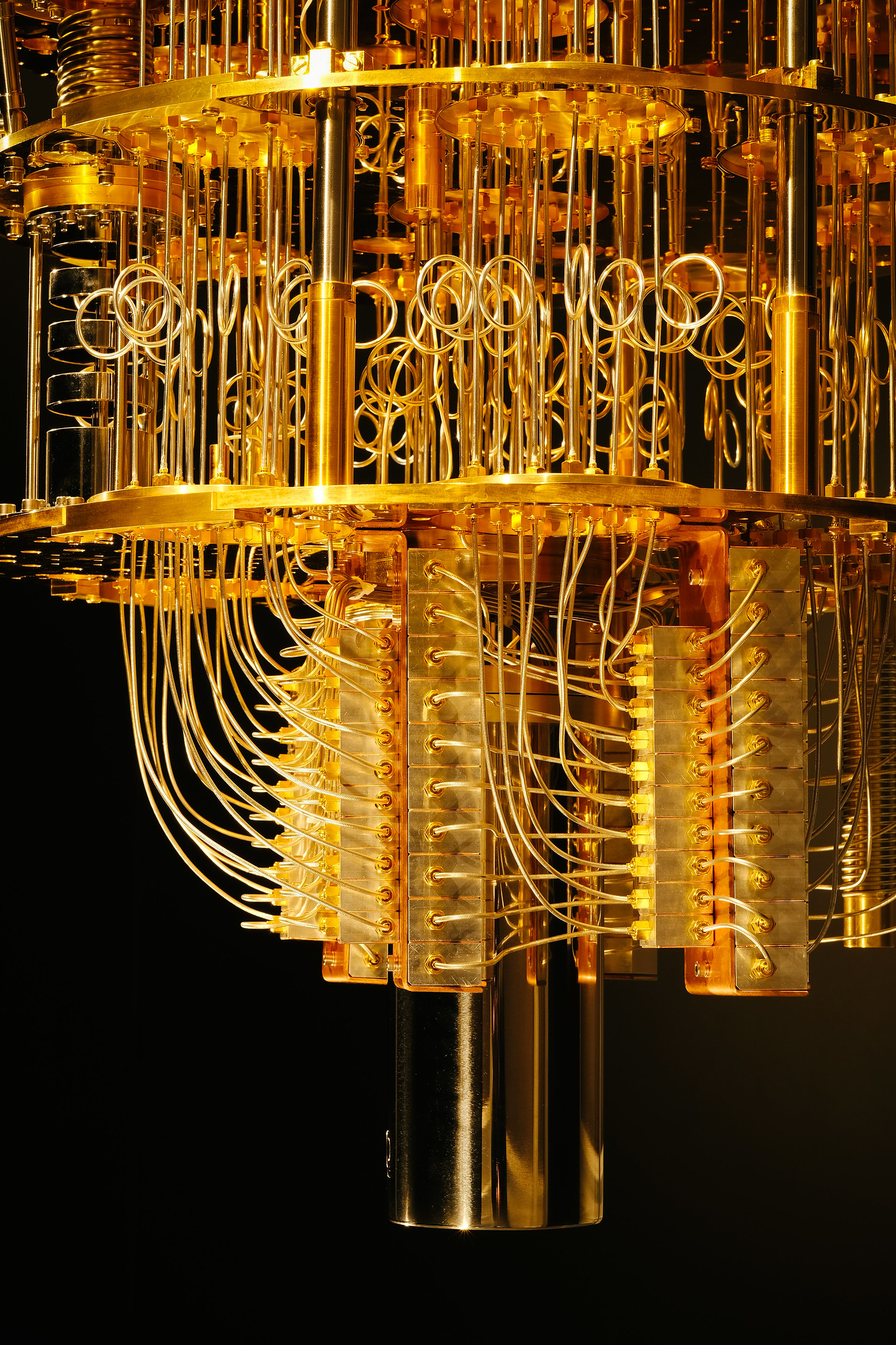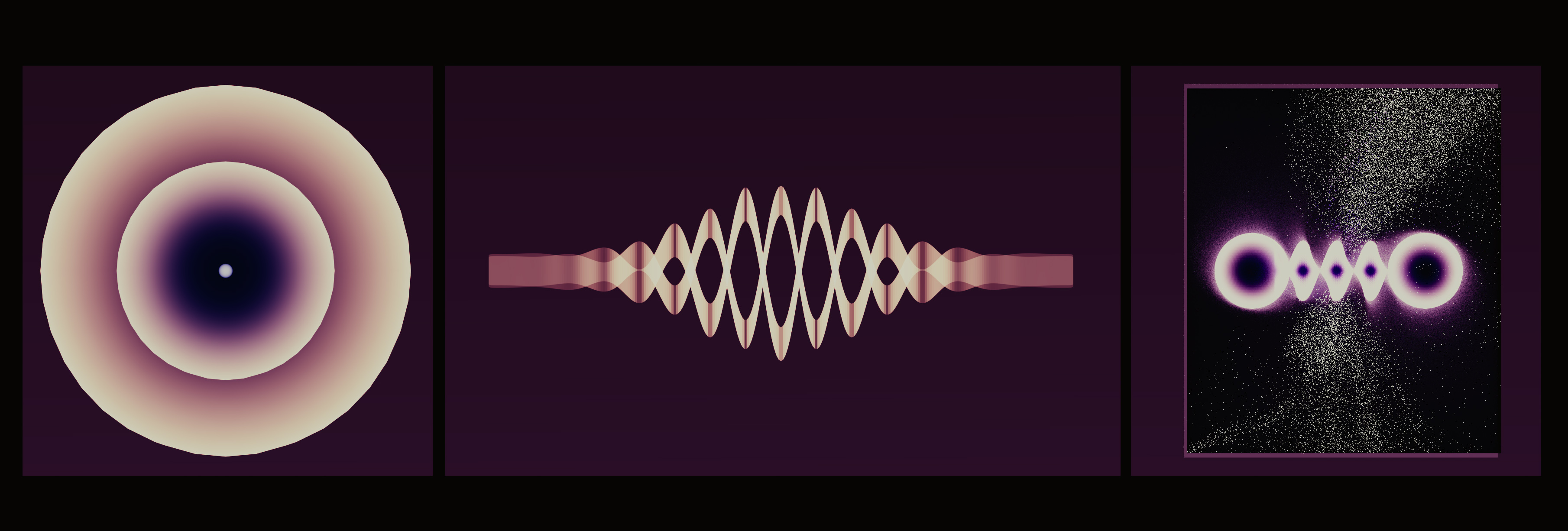
Physicists, mathematicians and philosophers have spent more than a century exploring the quantum world and grappling with its oddities. More recently, scientists from many disciplines have begun to harness those quirky features to create new kinds of sensors, networks and computers. Powered by the intuition-defying rules of quantum physics, these devices and their descendants will process information in new ways, distinct from the circuitry of digital electronics.
Underlying all this quantum technology, much of which is in its infancy, is a fundamentally different way of storing and manipulating information. Whereas modern computers and smartphones utilize bits, quantum devices rely on quantum bits, or qubits.
The difference is much more than a name. Bits are like switches: They can be on or off, up or down,
To understand just how different qubits are from bits, it’s useful to think about the “space” of possible values that each can hold. For bits, that space is simple; there are just two points. One point represents 0 and the other represents 1. Any given bit lives on one of those two points.
Qubits are much more interesting. Instead of living in a space of just two points, qubits live on the surface of a sphere. Specifying the value of a qubit is just like specifying a location on the surface of the Earth. You provide a latitude and longitude, and this identifies a unique spot on an abstract globe.
The north and south poles of this globe are usually singled out and called 0 and 1, corresponding to the two values of ordinary bits. But the poles have a greater significance than just a label. Even though a qubit can live anywhere on the globe, a measurement will always leave it stationed at one of the two poles.
This means that qubit measurements only ever provide one bit of information—is it at the north pole or the south pole?—regardless of where the qubit lived prior to measurement. But that prior position is still important. Qubits at lower latitudes are more likely to be found at the south pole, while qubits at higher latitudes are more likely to be found at the north pole.
A variety of physical systems can encode qubits, just as many different media exist for storing bits, but scientists have had to look beyond transistors and magnetic disks to new kinds of quantum hardware. The polarization of a photon, the spin of an electron or the amount of magnetic field passing through a superconducting loop are all physical systems that have been used to store qubits, and each has its benefits and drawbacks. Creating real qubits in the lab requires detailed knowledge of these different platforms, but the abstract notion of a qubit—a sphere of quantum states—allows scientists to treat them all the same when studying quantum computers and other information processing devices.
